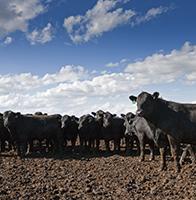With an output of 1.8 million head of cattle per year, Alberta is the heart of Canada’s beef industry and an area the U.S. Grains Council (USGC) has identified as a potential growth market for sales of U.S. barley and distiller’s dried grains with solubles (DDGS).
At a recent Council-sponsored conference on the use of supplements in Canadian beef production, the organization and its partners introduced a new tool for evaluating DDGS to some of the largest producers in Alberta.
The value calculator allows producers to enter the price of barley and other feed ingredients and then calculates what the grower can afford to pay for DDGS with varying levels of fat for either growing or finishing diets.
“We wanted to move the needle to demonstrate you can pay more for DDGS than what the average opinion was in Alberta and have it pay off,� said Neil Campbell, USGC representative in Canada.
“The calculator was the big news of the conference. We got a lot of people rethinking how they are going to value DDGS.�
The conference also featured a report on a pair of complementary DDGS feeding trials sponsored by the Council, the North Dakota Ethanol Council, the North Dakota Corn Utilization Council and Ag Canada.
The trials looked at the performance of low-oil and medium-oil DDGS in growing and finishing cattle as part of an ongoing effort to determine how DDGS should be valued in relation to barley, the dominant grain fed in Alberta’s beef industry.
While the North Dakota trial found no differences in performance, the Canadian trial showed a significant improvement in growth rates when DDGS levels increased in growing cattle rations and better feed efficiency in finishing cattle when the DDGS oil component increased.
Cassidy Marn, marketing director for the Montana Wheat & Barley Committee, also spoke at the conference, exploring the opportunities and challenges involved in providing U.S. barley to western Alberta feedlots.
“It was a good audience to reach – mostly cattlemen and owner-operators,� Marn said. “We also had some interest among brokers and traders. This could be a good avenue to pursue.�
The conference attracted more than 50 participants from the Alberta beef industry, including nutritionists, feedlot grain buyers, commercial feed industry buyers and re-sellers. Alberta has more than 150 feedlots with a thousand animals or more.
Click here to learn more about the Canadian market.


